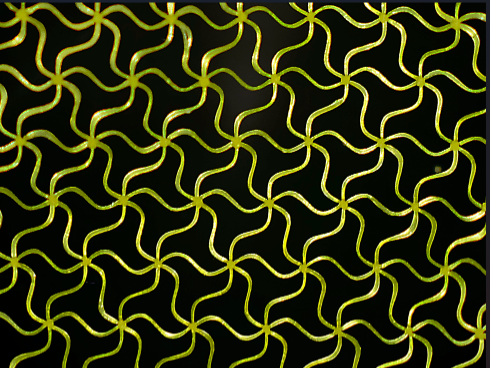Building large-scale unimolecular scaffolding for electronic devices
E. Escorihuela, A. Concellon, I. Marín, V.J. Kumar, L. Herrer, S.A. Moggach, A. Vezzoli, R.J. Nichols, P.J. Low, P. Cea, J.L. Serrano, S. Martín
DOI: 10.1016/j.mtchem.2022.101067
Materials Today Chemistry 26 (2022) 101067
Abstract: The fabrication of a future generation of (opto)electronic devices based on molecular components and materials will require careful chemical design, coupled with assembly methods that permit precise spatial orientation and arrangement of the functional molecules within device structures. Although unimolecular electronics are already a laboratory reality, the variation in the arrangement of the molecule within a molecular junction from measurement to measurement is considerable. Consequently, controlling the precise geometry at the molecule–metal contacts is a long-standing and largely unresolved challenge. Here, a strategy to fabricate uniform unimolecular junctions distributed in a regular pattern is reported. A monolayer of zinc metalloporphyrins, peripherally functionalised by bulky dendrons, is used to provide a well-defined array of molecular binding sites with precise spatial distribution. The dendrons are then photochemically cross-linked to form a robust base-layer. Parallel, uniformly-spaced unimolecular structures are subsequently assembled on these binding sites through a layer-by-layer (LbL) strategy. This LbL strategy proceeds through coordination of an α,ω-amino functionalised oligo(phenylene)ethynylene (OPE) molecule to the zinc ions of the metalloporphyrin template base-layer. The structure is then extended through alternating self-assembled layers of (cross-linked) zinc porphyrin and OPE. The coordination interaction between the zinc(II) sites and the bifunctional OPE wire ensures a high degree of registry between the layers and good electrical contact through the extended arrays and offer fine control over the chemical composition.










